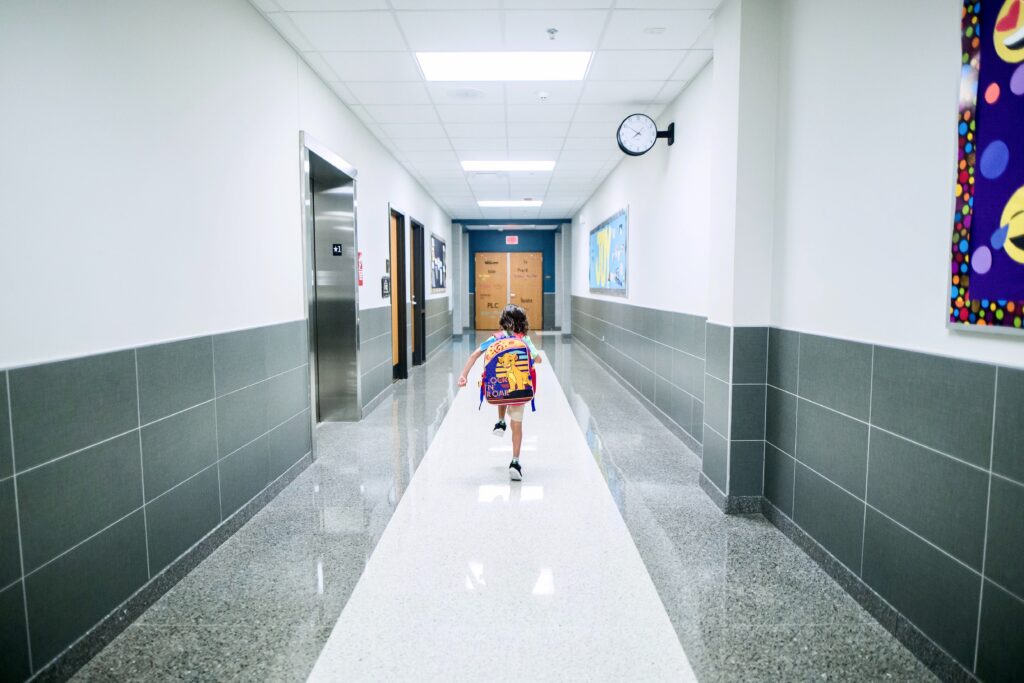
Voters in the state of California will be able to vote in these midterm elections that will be held this coming November 8, if the state, through measure or proposition 28, provides additional funds for arts education in public schools
The question the ballot raises is: Should California set aside specific funds for arts and music education in public schools?
In 1998, voters approved Proposition 98, which amended the California Constitution to require that a minimum percentage of the state budget be spent on education, specifically from kindergarten through two years of community college. However, there is currently no guaranteed source of annual funding in the state budget for music and arts education in K-12 public schools.
Schools are required to provide Arts and Music instruction to all students in grades 1 through 6. Also to graduate from high school students must complete one year in one of three courses of study, one of which is Arts and Music.
Proposition 28 would require a minimum annual funding source for K-12 public schools, including charter schools, to fund arts education programs. The annual minimum amount established by law would be equal to at least one percent of the total state and local revenues that local educational agencies received under Proposition 98 ?1988? during the previous fiscal year.
The minimum under the proposed law would be in addition to the funding required by Proposition 98. Under the Office of the Legislative Analyst, the ballot initiative would likely result in increased spending from $800 million to about $1 billion each fiscal year, of which 80 percent of funds would need to be spent to hire new staff and 20 percent on training and supplies.
Supporters of Proposition 28 say that arts and music education can enhance a student personally and academically, but only one in five schools has a teacher dedicated to arts and music programs. And ultimately, the measure does not increase taxes.
The only argument opponents of the proposition make is that it will limit state funding available for other spending.
Remember that knowing and staying informed about electoral decisions that may affect the lives of residents in the state is of the utmost importance.
But what are electoral measures?
Linda Atkinson and Kathy Wheeler, belonging to the League of Women Voters of San Mateo County, point out that ballot measures, or propositions, are bills that are presented to the public for a vote on them.
Propositions can change existing laws and sometimes amendments to the California Constitution. Propositions can be placed on the ballot either by individuals who gather enough signatures on a petition or by state legislators.
The League of Women Voters of San Mateo County suggests asking yourself some important questions about each proposition when casting your vote: Does the ballot measure address a real problem? Is it the best solution to the problem or is it too complex? Who are the stakeholders and what do they gain, and what are the fiscal implications?
Remember that the midterm elections will take place this coming November 8, and if you have the opportunity to exercise that right, vote now.
You may be interested in: Disinformation could jeopardize U.S. midterm elections, warns U.S. media.


